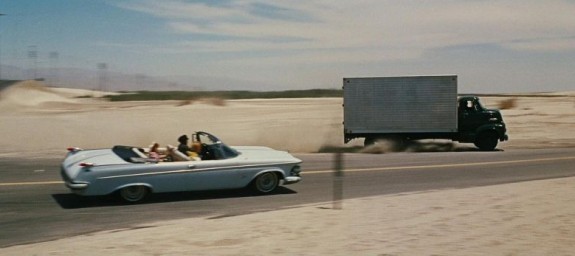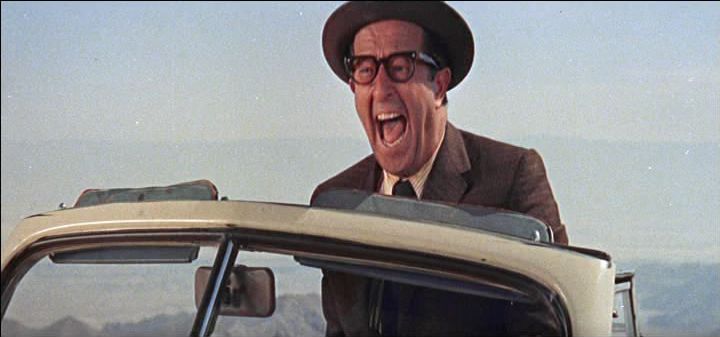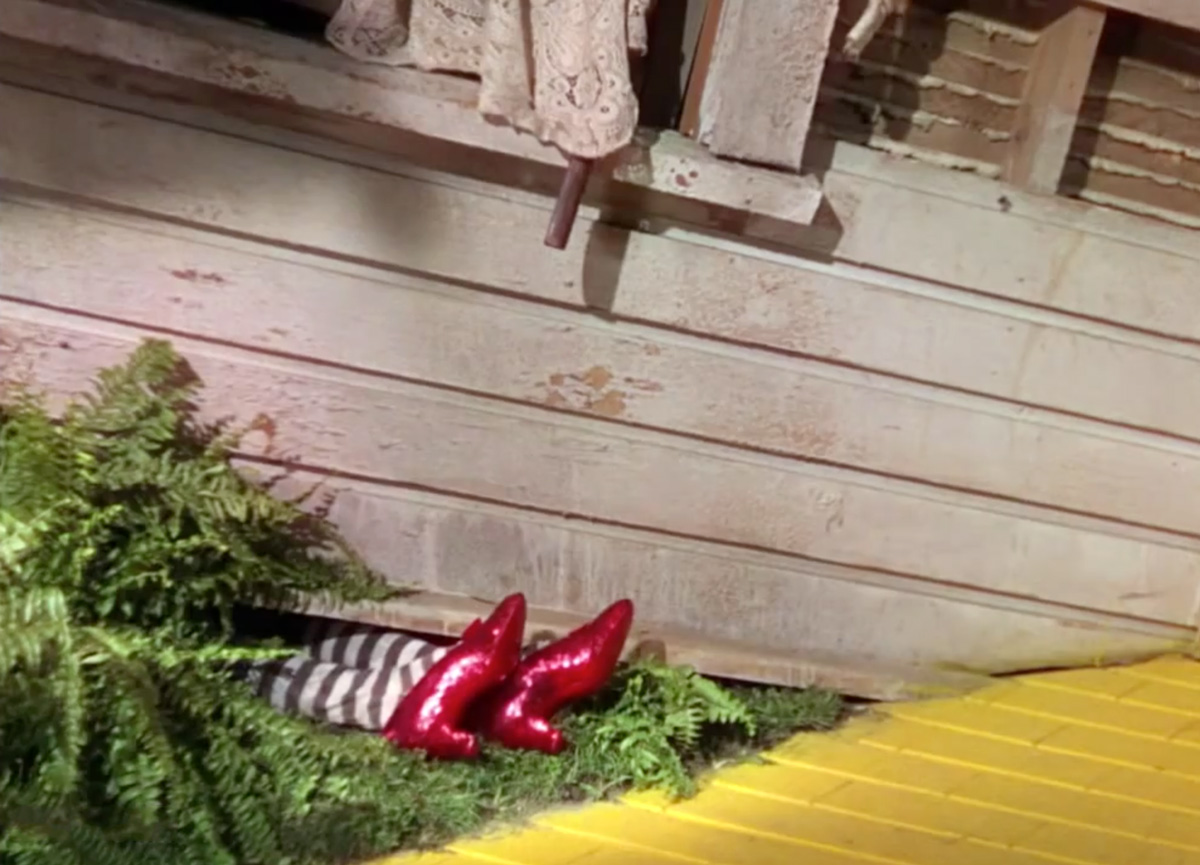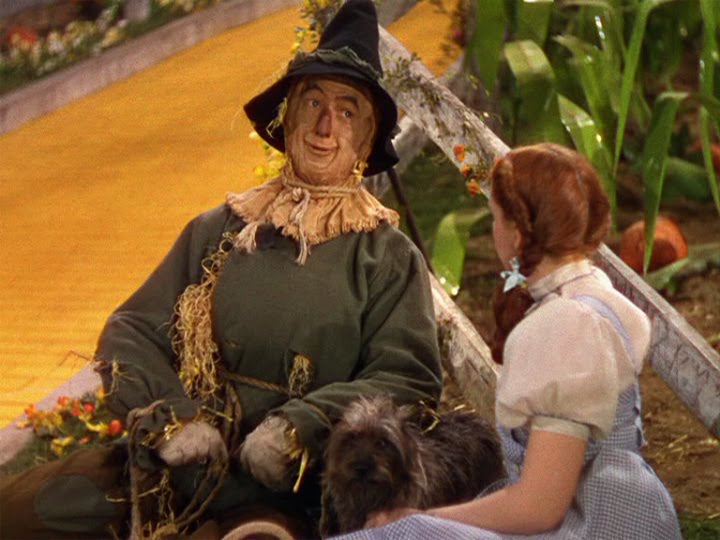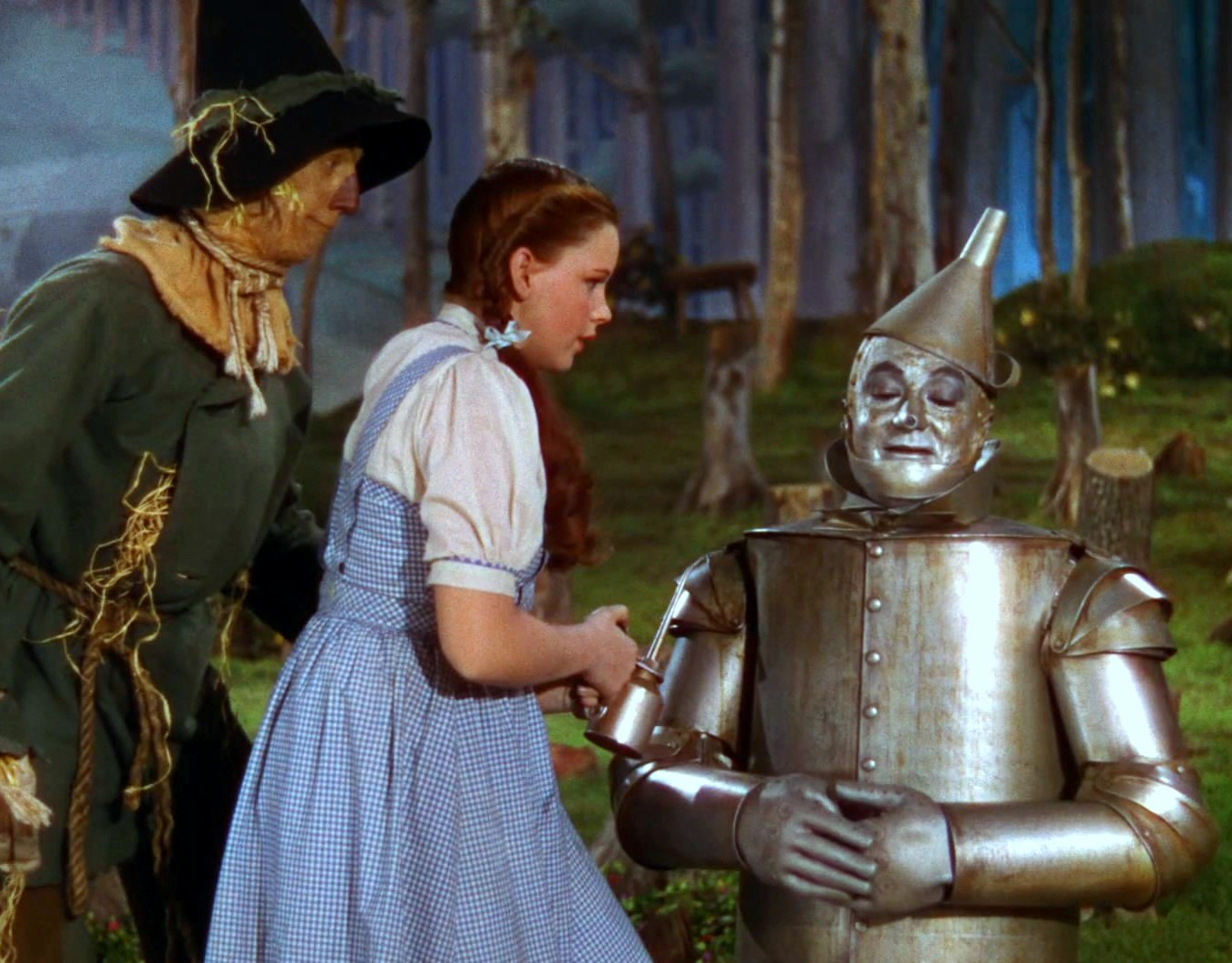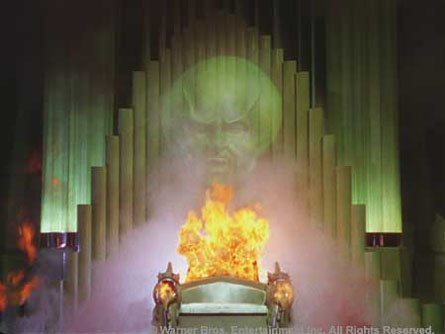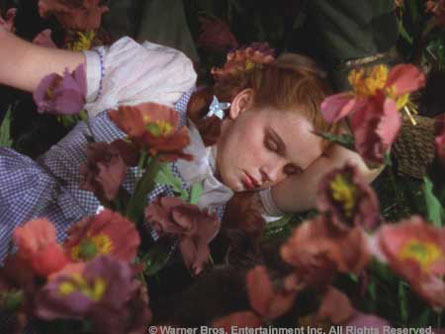Need a list of classic movies for the winter? Say no more. Here it is.
1. An Affair to Remember (1957)
 Grab your hankies. Pivotal scenes occur near the Christmas tree in this tale of two lovers who misunderstand each other and part, perhaps forever. Cary Grant and Deborah Kerr star in this heartbreaking movie. Also see the highly-acclaimed original Love Affair (1939) with Charles Boyer and Irene Dunne.
Grab your hankies. Pivotal scenes occur near the Christmas tree in this tale of two lovers who misunderstand each other and part, perhaps forever. Cary Grant and Deborah Kerr star in this heartbreaking movie. Also see the highly-acclaimed original Love Affair (1939) with Charles Boyer and Irene Dunne.2. Bachelor Mother (1939)
A retail store fires Polly (Ginger Rogers) just before Christmas. She is rehired when her employer mistakenly believes she has abandoned a baby during unemployment. Hilarity ensues when she must keep an orphaned baby to retain her job. Also see the musical version, Bundle of Joy with Debbie Reynolds.
3. Christmas Holiday (1944)
A dark and cynical, yet hopeful, tale of a young lady (Deanna Durbin) who doesn't really know the man she married. Her story is told in flashbacks during Christmastime. Gene Kelly stars as the husband in this taut drama.
4. Christmas in Connecticut (1945)
A housekeeping columnist (Barbara Stanwyck) actually knows nothing about the subject and has lied throughout most of her career. When her employer asks to visit during Christmas, she must cobble together a house in the country, a husband, a baby and a Christmas dinner all in short order.
5. Cinderfella (1960)
Jerry Lewis released this gender-bending tale of Cinderella during the winter because he believed feel-good, family entertainment works better in December. There is no snow or winter scene, but you don't miss them. It's a magical movie.
6. Desk Set (1957)
A group of reference librarians could lose their jobs to the new mechanical brain - a computer. There's a pivotal scene during Christmas that cannot be missed. Katharine Hepburn and Spencer Tracy star.
7. Giant (1956)
This is a huge family epic that spans decades. It also includes a warm Christmas scene set in the early 1940s with sons going away for the war. It's a touching drama that stars Elizabeth Taylor and Rock Hudson.
8. The Happiest Millionaire (1967)
A family comedy which includes pet alligators freezing in the Philadelphia winter, a coming-of-age story for a young lady and empty-nesters accepting reality. Fred MacMurray and Greer Garson star.
9. It's a Wonderful Life (1946)
One of the most famous films ever. George Bailey's (James Stewart) frustrating life makes him suicidal. A special someone shows George what life would have been like were he never born.
10. Lady on a Train (1945)
A lady (Deanna Durbin) witnesses a murder just before Christmas and must solve it. Think Nancy Drew, but older and with song. Ms. Durbin sings "Silent Night," and will have you in tears.
11. The Lemon Drop Kid (1951)
Bob Hope stars as a gangster who builds a home for indigent ladies as a front for a gambling house during Christmastime. This is the film for which the song "Silver Bells" was written.
12. Lost Angel (1943)
A small orphan (Margaret O'Brien) exploited for her genius and brought up in a sterile institute, runs away. Will her friend and reporter Mike (James Craig) give her a home for Christmas and beyond? Marsha Hunt also stars.
13. The Man Who Came to Dinner (1942)
Dinner guest Sheridan Whiteside (Monty Woolley) has broken his foot at a friend of a friend's house. He'll stay for the winter until his foot heals, causing havoc in the house with exorbitant telephone bills and a string of guests and animals. This comedy also stars Bette Davis and Ann Sheridan.
14. Meet Me in St. Louis (1944)
 It's the movie which first introduced the song "Have Yourself a Merry Little Christmas." Judy Garland leads the cast in a tale of a family who would rather not move from St. Louis, particularly not during the holidays.
It's the movie which first introduced the song "Have Yourself a Merry Little Christmas." Judy Garland leads the cast in a tale of a family who would rather not move from St. Louis, particularly not during the holidays.15. Midnight Lace (1960)
 Someone is out to murder Mrs. Preston (Doris Day) but she doesn't know why. Stylish winter coats abound in this thriller. Also stars Rex Harrison.
Someone is out to murder Mrs. Preston (Doris Day) but she doesn't know why. Stylish winter coats abound in this thriller. Also stars Rex Harrison.+-+hutton+bracken.jpg)
16. The Miracle of Morgan's Creek (1944)
In this winter comedy, a neighbor (Eddie Bracken) promises to marry a woman (Betty Hutton) who ends up pregnant by someone else.
17. Neptune's Daughter (1949)
 This is the movie which introduced the popular standard "Baby, It's Cold Outside," despite it being set in California during a warm season. A business woman (Esther Williams) mistakenly believes that she must keep her sister (Betty Garrett) from the machinations of a playboy (Ricardo Montalban). Fun film.
This is the movie which introduced the popular standard "Baby, It's Cold Outside," despite it being set in California during a warm season. A business woman (Esther Williams) mistakenly believes that she must keep her sister (Betty Garrett) from the machinations of a playboy (Ricardo Montalban). Fun film.18. Reckless Moment (1949)
19. The Secret Garden (1949)
 A young girl's social development follows the seasons from winter to spring in this adaptation of the Frances Hodgson Burnett tale. Margaret O'Brien leads the cast.
A young girl's social development follows the seasons from winter to spring in this adaptation of the Frances Hodgson Burnett tale. Margaret O'Brien leads the cast.20. The Shop Around the Corner (1940)
 Two shop employees become sworn enemies, little knowing that they are also secret pen pals. Will love blossom under the mistletoe? James Stewart and Margaret Sullavan star. See also the musical remake, In the Good Old Summertime (1949) with Judy Garland and Van Johnson.
Two shop employees become sworn enemies, little knowing that they are also secret pen pals. Will love blossom under the mistletoe? James Stewart and Margaret Sullavan star. See also the musical remake, In the Good Old Summertime (1949) with Judy Garland and Van Johnson. 21. Star! (1968)
21. Star! (1968)This film explores the life of stage great Gertrude Lawrence and includes several winter scenes. Lots of beautiful cold weather frocks are on display. Julie Andrews stars.
22. Up in Central Park (1948)
 Deanna Durbin stars in this Broadway play adapted for film about an new U.S. citizen who gets swept up in the corruption of New York's politics during the turn of the century. Great snow scenes. A Currier and Ives picture comes to life. Vincent Price also stars.
Deanna Durbin stars in this Broadway play adapted for film about an new U.S. citizen who gets swept up in the corruption of New York's politics during the turn of the century. Great snow scenes. A Currier and Ives picture comes to life. Vincent Price also stars.23. We're No Angels (1955)
 Escaped convicts help a family rid themselves of an arrogant cousin/employer during Christmastime. Humphrey Bogart leads the cast.
Escaped convicts help a family rid themselves of an arrogant cousin/employer during Christmastime. Humphrey Bogart leads the cast.24. We're Not Married (1952)
 A justice of the peace illegally marries couples during the holidays before his commission has been officially recognized. Now several couples were never married and must reevaluate whether they want to remain wedded. Ginger Rogers stars.
A justice of the peace illegally marries couples during the holidays before his commission has been officially recognized. Now several couples were never married and must reevaluate whether they want to remain wedded. Ginger Rogers stars.25. White Christmas (1954)
 Two former army pals put on a reunion for a forgotten general during the winter. Danny Kaye, Bing Crosby, Vera-Ellen and Rosemary Clooney star in this rousing, colorful musical.
Two former army pals put on a reunion for a forgotten general during the winter. Danny Kaye, Bing Crosby, Vera-Ellen and Rosemary Clooney star in this rousing, colorful musical.Further Recommendations
Not yet ready for winter? Read these lists of movies:
- 8 Classic Movies for Fall
- 9 More Classic Movies for Fall: Campus Edition
- 12 Classic Movies for Summer
- 4 Versions of The Secret Garden: A Great Movie for Spring































































































![1947 Ford Super De Luxe Convertible Club Coupe [79A]](http://www.imcdb.org/i020264.jpg)





